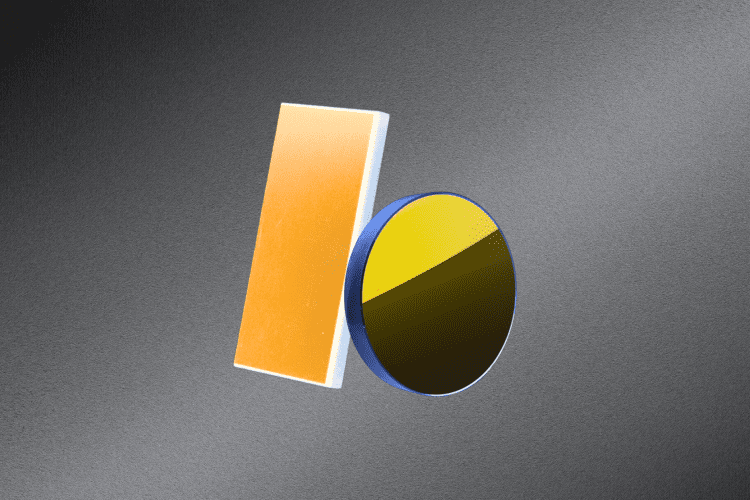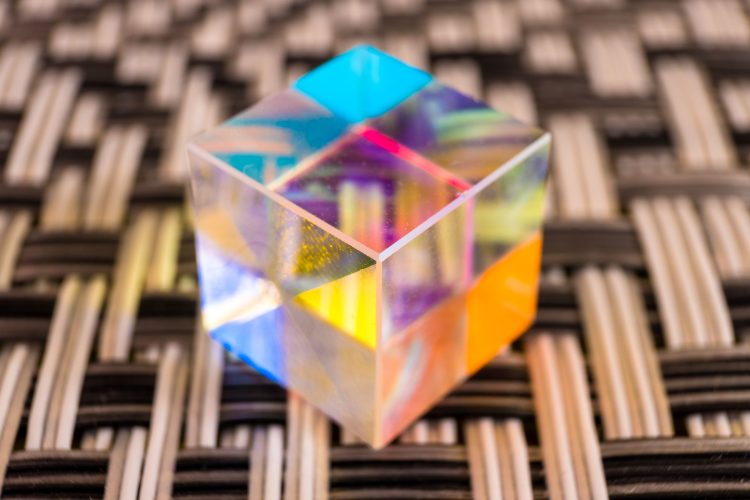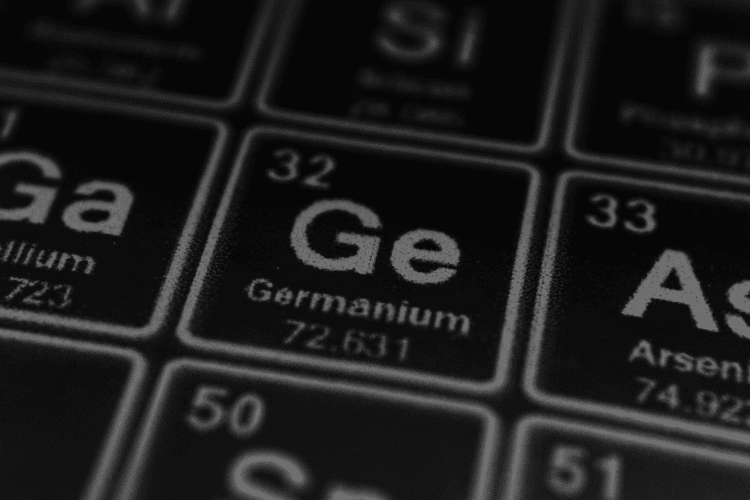Key Takeaways Ultra broadband metallic mirrors provide high reflectivity over a wide wavelength range (UV to NIR), outperforming standard metallic mirrors that only reflect well within narrower ranges. These mirrors are ideal for multi-purpose systems, offering flexibility, durability, and high damage thresholds. They perform consistently across various angles of incidence and are suited for applications […]











